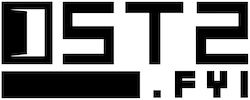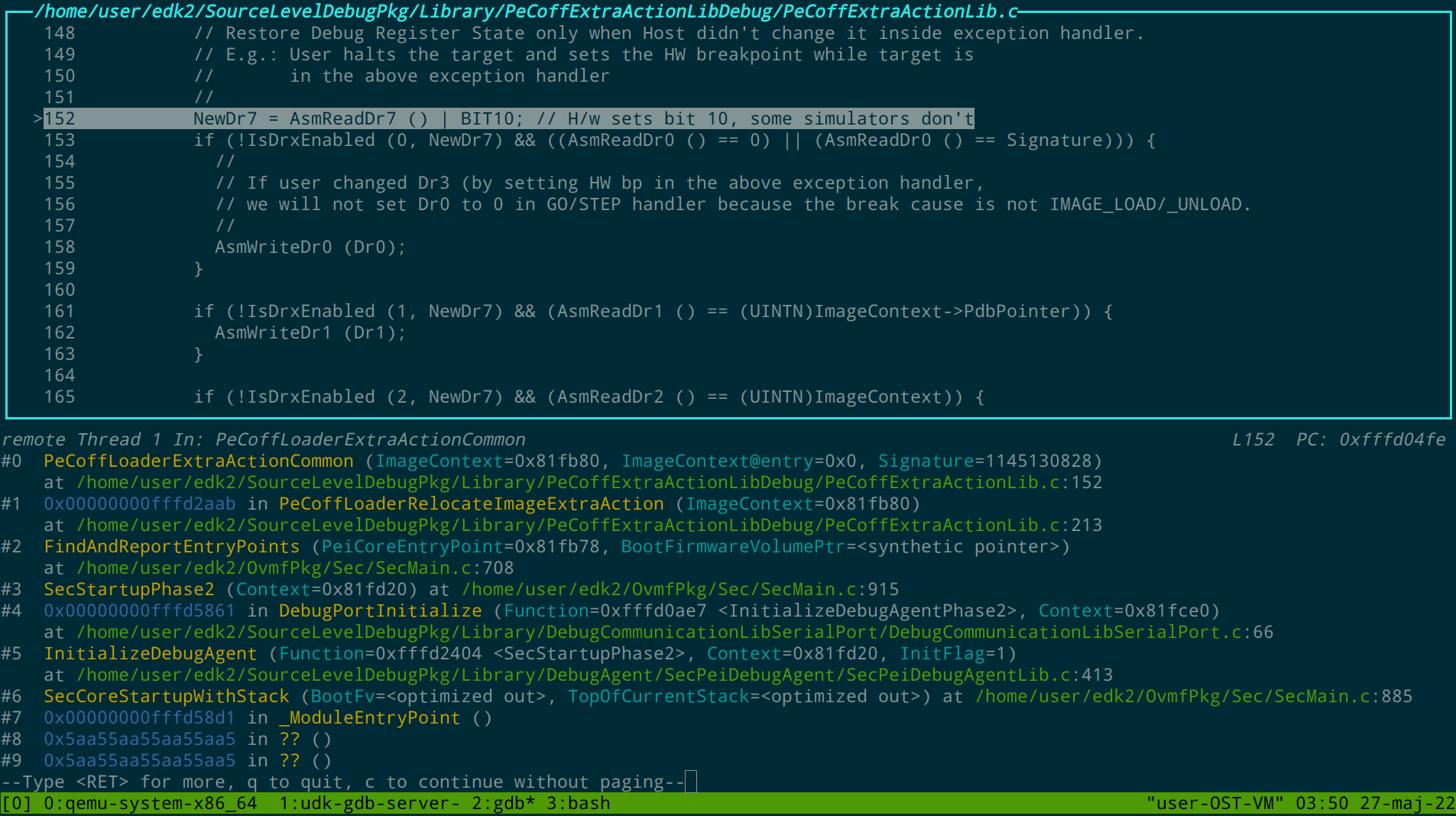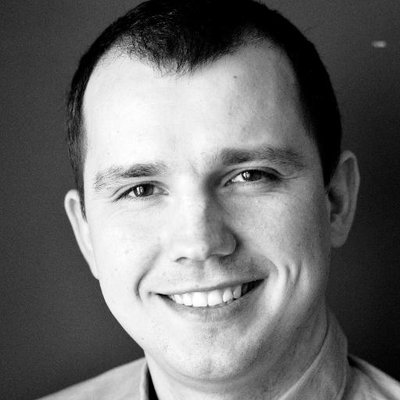Piotr Król
Piotr Król is a multi-disciplinary executive running several companies in the embedded systems and semiconductor industries, including 3mdeb, LPN Plant, and Vitro Technology. Piotr helps companies around the world realize their products’ potential by supporting upgradeability and enabling advanced hardware features through firmware.
He received his master's degree in Computer Systems Networking and Telecommunications from the Technical University of Gdańsk and started his career in Intel’s Data Center Division. There, he built frameworks for storage controllers validation. After three years, he moved to the BIOS Software Engineer position where he worked with modern server platforms. Piotr proudly evangelized the use of open source tools, supported FSP development, fixed ME/AMT related issues, and worked with Option ROMs loading.
After seven years at Intel, Piotr went on to start his own business to help hardware makers keep their systems secure and up-to-date. His consulting work has since grown to include several businesses, including 3mdeb, LPN Plant, and Vitro Technology. Piotr specializes in Embedded Firmware (coreboot, UEFI/EDK2/BIOS, training, and security) and Embedded Linux (Yocto, Linux Device Drivers, C/Python/Go/Rust applications). These companies are rapidly growing and serve dozens of clients supporting hundreds of thousands of devices around the world.
He is an active leader in the firmware community, speaking at events like the Platform Security Summit, Open Source Firmware Conference, and FOSDEM. Piotr’s expertise in hardware and software security—from ATMs and voting machines to industrial plants and intelligence agencies—is also sought after by journalists and researchers around the world.
Piotr is an open-source evangelist, active in the open-source firmware (e.g. coreboot) and Linux communities. His team maintains Dasharo open-source firmware distribution focusing on clean and simple code, long-term maintenance, transparent validation, privacy-respecting implementation, liberty for the owners, and trustworthiness for all. Piotr is always open to new ideas and opportunities, so please do not hasitate contact him on Twitter, LinkedIn or e-mail, if you have any questions.


